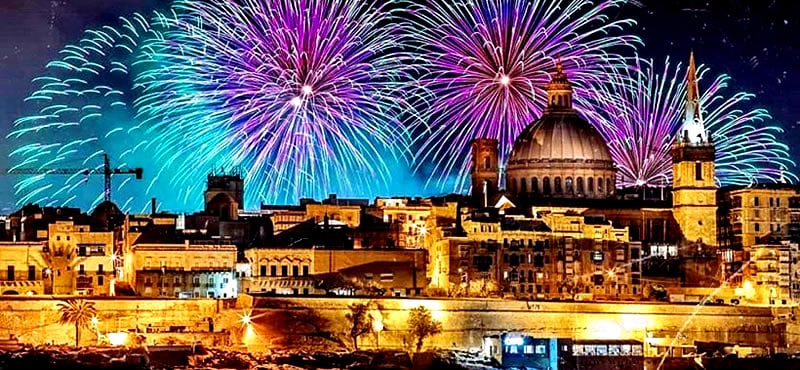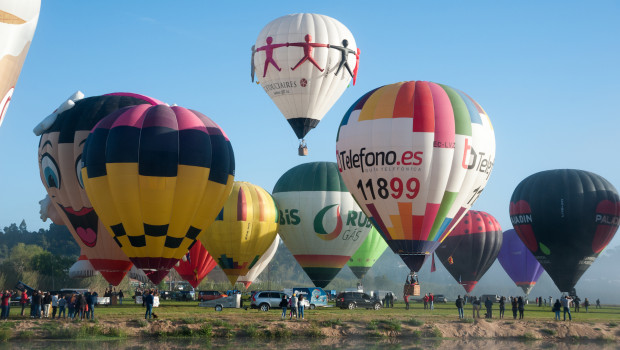Visiting Royal Museums Greenwich

While visiting the historical pavements in London you’ll hear a lot about the Royal Museums Greenwich is a collective term for four famous museums in London. On your tour if you’re a historical fan or an art lover, you will certainly love visiting all four wings of the Royal Museums Greenwich.
History Unbinding
If you’re visiting London then you will surely be planning out the various places you’ll like to go to. You should certainly keep a day’s sightseeing for checking out the Royal Museums in Greenwich each having their significant historical meaning and depictions. If you thoroughly are enjoying the streets and corners of London then a peek inside ancient history will certainly enthrall art lovers and historians. London is the perfect place to live through past events while visiting monuments that speak tales about Britain’s historical achievements.
- National Maritime Museum
The leading maritime museum in London is the National Maritime Museum which is known to be the largest in United Kingdom. This historical building is a part of the Maritime Greenwich World Heritage Site and consists of collections that celebrate the nautical achievements of sailors and navy in the past. It is technically a non-departmental body hence doesn’t charge any kind of admission fees to tourists unless you’re hosting an exhibition of your own. Greenwich is known to be revered spot for astronomical study and houses the Prime Median and Greenwich Mean Time since 1884. The painting of the Great Comet established in 1843 is a part of the Museum’s greatest collectibles. Cartography, paintings, manuscripts, ship models, instruments for time keeping, astronomical artifacts and several other relics have been preserved at the museum.
- Cutty Sark
Another part of the Royal Museums Greenwich is the ‘Cutty Sark’ which technically is a part of the National Maritime Museum. This British clipper ship was built on Clyde for the Jock Willis Shipping Line around 1869. Cutty Sark was one of the last ships built being extremely fast that worked on steam propulsion. It is one of the historical vessels in England, being one of the remaining three that has composite built from the nineteenth century. The ship underwent heavy damage because of fire during 21st May 2007 however ever since then it has been restored. It has been introduced to the public now which occurred back in 25th April 2012.
- Queen’s House
Located in Greenwich the Queen’s House is officially a royal residence that was built between the years 1616-1619. It was constructed by architect Inigo Jones and is known to be one of the most significant branches of history that was one of the first constructed in Britain. Quite recently the London Olympic Games hosted in 2012 were held behind the Queen’s House where a large stadium housed the Olympic ceremonies. Ever since the Queen’s House has been restored after 1999, it has become a luxurious historical blessing that displays a large collection of marine artifacts and paintings which speak volumes of events occurred in 17th and 18th century.
- Royal Observatory
Settled in Greenwich, the Royal Observatory is a fantastic conservatory that comprises of nautical and astronomical artifacts founded by the British. It is the best known site for the prime meridian since it is nestled on a hill in Greenwich Park. It overlooks the River Thames and is generally referred to as Royal Greenwich Observatory. Established in 1675 by King Charles II, Royal Observatory specifies history of astronomical studies in Britain comprising of interesting artifacts that attract tourists all over the world. Completed in the year 1676, the observatory was utilized by scientists and researchers for completing experiments based on astrophysics. The observatory served as the ideal spot for locating four separate meridians where the Prime Meridian was established and the concept of longitudes was spun. The Greenwich Mean Time has been calculated based upon the reports found at the Observatory marking it as a crucial site of historical events.





